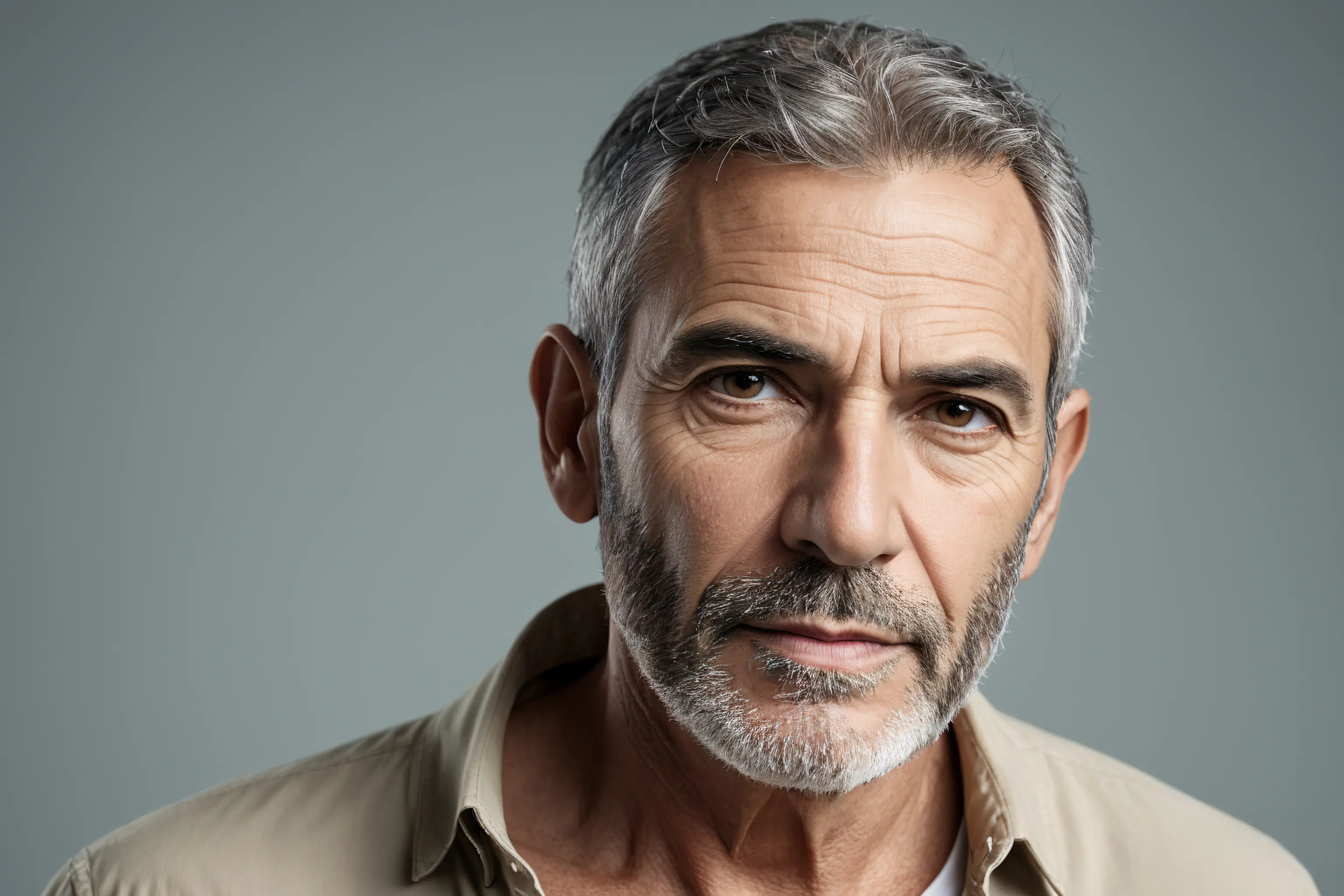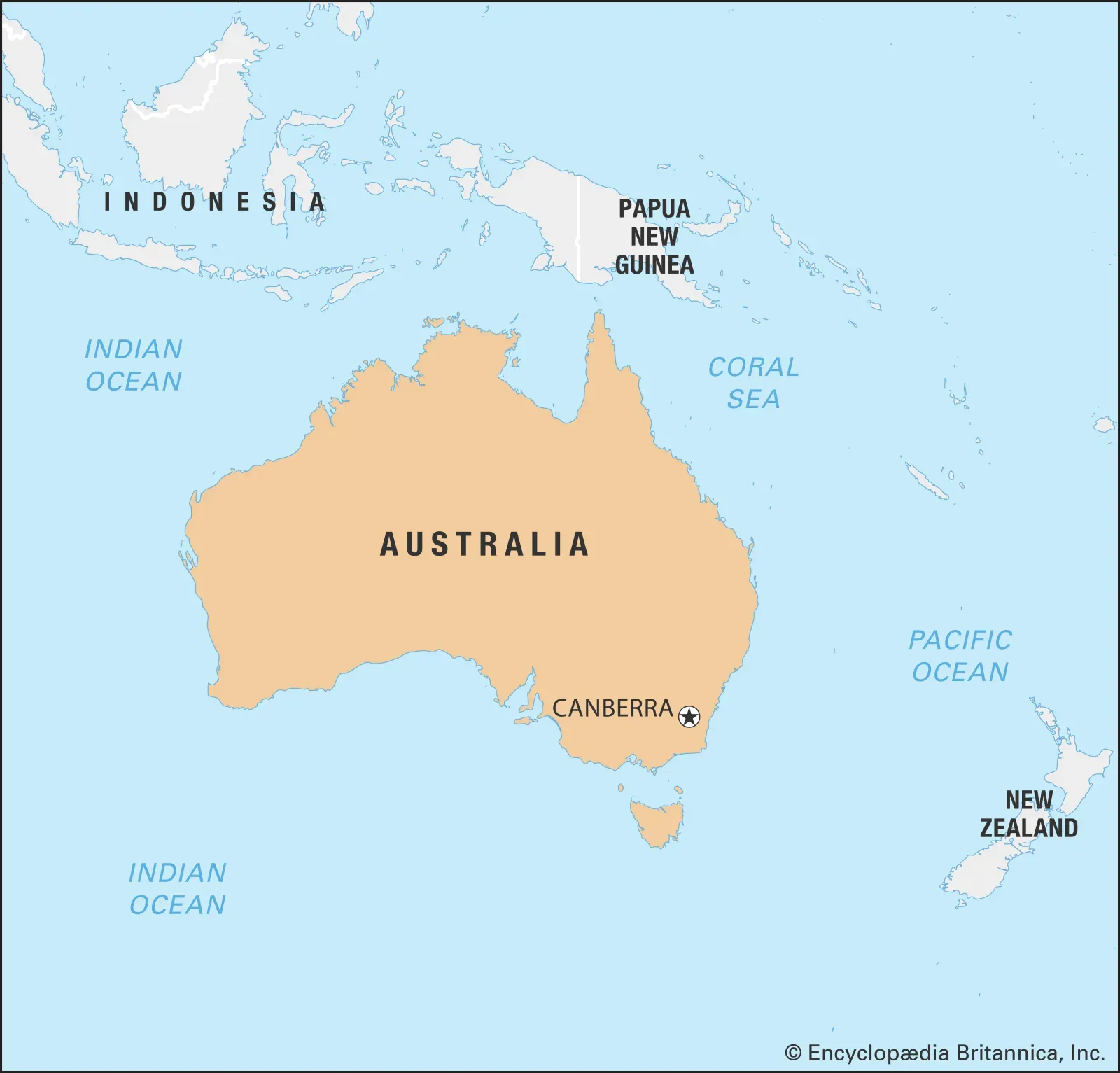Why Does Hair Turn Gray?
As we age, a common physical change we notice is the shift in our hair color from its natural shade to gray or even white. This change in color can be attributed to the loss of pigmentation in the hair. Hair gets its color from a pigment called melanin, which is produced by melanocytes located in the hair follicles. Over time, these melanocytes start to produce less melanin, leading to the gradual loss of color.

As we age, many of us notice a change in our hair color. One of the most common changes is the emergence of gray hair. But what causes this transformation? Understanding why hair turns gray can help demystify this natural process and enable us to embrace our changing appearance. Let's dive into the science behind gray hair.
Understanding Hair Color
Hair color is determined by the presence of pigment in the hair follicles. The primary pigment responsible for hair color is called melanin. There are two types of melanin that contribute to hair color:
- Eumelanin: This pigment is responsible for black and brown hair.
- Pheomelanin: This pigment gives hair its blonde and red hues.
As we age, the production of melanin decreases, leading to a gradual loss of color in our hair. The exact age at which this occurs varies from person to person and can be influenced by genetic factors.
Factors That Contribute to Gray Hair
Several factors contribute to the graying of hair, and they can be categorized into genetic, environmental, and lifestyle influences. Here’s a closer look at each of these factors:
| Factor | Description |
|---|---|
| Genetics | Your family history plays a significant role in determining when you will start to go gray. If your parents or grandparents turned gray early, there’s a higher chance you might too. |
| Age | As a natural part of aging, hair follicles gradually produce less melanin, leading to gray hair. Most people begin to notice gray strands in their 30s or 40s. |
| Stress | While the link between stress and gray hair is still debated, some studies suggest that extreme stress may contribute to premature graying by affecting the cells that produce melanin. |
| Health Conditions | Certain health conditions, such as vitamin B12 deficiency, autoimmune diseases, and thyroid disorders, can also affect the pigmentation of hair. |
| Smoking | Research indicates that smokers are more likely to experience premature graying compared to non-smokers. |
The Biological Process of Graying
The biological process behind hair turning gray involves the hair follicles and melanocytes. Melanocytes are specialized cells located within the hair follicle that produce melanin. As we age, the melanocytes gradually produce less melanin, which results in the hair losing its color. Eventually, the hair may become completely devoid of pigment, resulting in white or gray hair.
Can Gray Hair Be Prevented?
While we cannot entirely prevent gray hair, certain lifestyle choices may help delay the onset. Here are some tips that may contribute to maintaining your natural hair color:
- Healthy Diet: Consuming a balanced diet rich in vitamins and minerals can promote healthy hair. Nutrients like vitamin B12, folic acid, and biotin are particularly beneficial.
- Manage Stress: Practicing stress management techniques such as meditation, yoga, or regular exercise can help reduce stress levels, which may contribute to premature graying.
- Avoid Smoking: Quitting smoking can improve overall health and may help reduce the chances of premature graying.
- Gentle Hair Care: Using mild shampoos and avoiding excessive heat styling can help maintain healthy hair and potentially slow down the graying process.
The Emotional Impact of Gray Hair
Gray hair can evoke a range of emotions. For some, it symbolizes wisdom and maturity, while for others, it may bring feelings of insecurity or aging. Embracing gray hair is a personal choice, and many people find beauty in their silver strands. The rise of the “gray hair movement” highlights the beauty of natural aging, encouraging individuals to celebrate their authentic selves.
Conclusion
In conclusion, hair turns gray primarily due to a decrease in melanin production as we age. While factors such as genetics, health conditions, and lifestyle choices play a significant role, understanding the science behind this process can help us accept and celebrate our changing appearance. Whether you choose to embrace gray hair or cover it up, remember that it's a natural part of life that many people experience. By adopting healthy habits and a positive mindset, you can navigate this transition with confidence.












